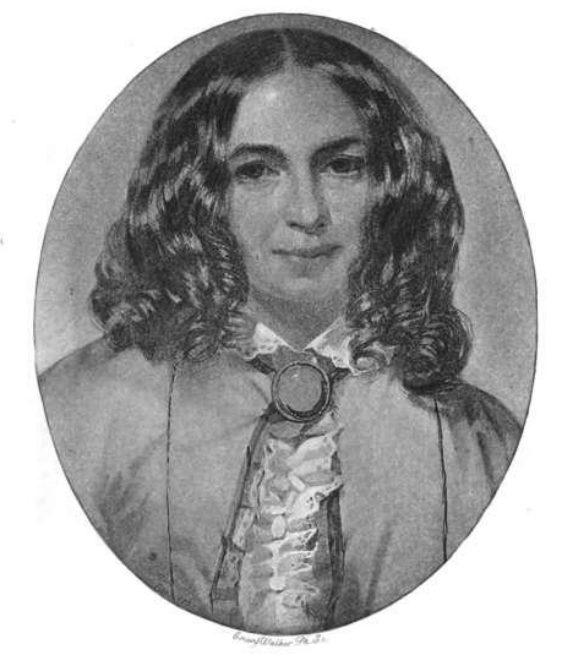Some Say Hypochondria — But What Really Ailed Poet Elizabeth Barrett Browning
Elizabeth lived from 1806 to 1861.
Published Sept. 16 2025, 7:40 p.m. ET
“How do I love thee? Let me count the ways.” It’s one of the most famous lines from a love poem written by Elizabeth Barrett Browning, included in her Sonnets from the Portuguese collection, which she later dedicated to her husband, but actually wrote before the two eloped.
Despite being published in 1850, the poem this line comes from (and many others) remains a staple of romantic poetry, cementing Elizabeth as a name that simply cannot be forgotten.
While she was certainly an exceptional writer, with some of her work considered feminist long before the movement came about, her life was plagued with struggle, particularly when it came to her health.
There has been plenty of speculation about what illness Elizabeth actually had, but no single condition was ever pinpointed as a firm diagnosis. Here’s a rundown of the theories and a look into the grueling symptoms she lived with.
What kind of illness did Elizabeth Barrett Browning have?
Elizabeth Barrett Browning suffered from a respiratory illness, but there are theories that other conditions may have been at play, though she was never officially diagnosed with any of them. Despite her health struggles, she managed to persevere, even after having been confined to her room for eight years, according to a 1989 article published in BMJ.
In fact, she was able to leave home and marry fellow poet Robert Browning. And it seemed to pay off.
Although her marriage caused a permanent rift with her father, who opposed his children marrying, per the Academy of American Poets, moving from London to Florence, Italy, improved her health, and she was eventually able to welcome a child with Robert.
But before her marriage at age 40, Elizabeth had endured two major periods of illness: from 1821 to 1822 and from 1837 to 1846.
During the first bout of illness, Elizabeth experienced “pain in the head” that “continued at intervals for seven weeks,” according to Dr. Coker’s notes dated June 1821, per the BMJ article. The pain spread to other parts of her body, described as “agony.”
She suffered three pain attacks a day, though not at night, and “the pain and weakness in the back prevented her from sitting up without proper support.” She also reported spasms that felt as if “a cord had been wrapped around her stomach.”
While it was initially believed that Elizabeth’s condition stemmed from a spinal injury at age 15 while saddling a pony and tightening its girths, notes from Dr. Coker and Dr. Carden suggest the “seven weeks” may have actually been seven days.
And she may have suffered from poliomyelitis, the viral infection known as polio, which can cause muscle weakness and twitching, symptoms Elizabeth experienced.
Doctors believe she was likely advised to return to riding and exercising too early, while her body was still fragile from polio, which led to spinal deformities like scoliosis and affected her ability to sit and lie down comfortably.
Still, many theories, mainly formed by biographers, exist regarding her chronic illness. According to the BMJ article, these include “hypochondria, malingering, opium addiction, or mental illness.”
Elizabeth Barrett Browning’s symptoms have also been linked to hypokalemic periodic paralysis (HKPP).
While Elizabeth’s lifelong illness wasn’t officially diagnosed, one author, whose article was later published in the National Library of Medicine, noted that the symptoms she described in her letters were similar to those of her daughter.
The condition, called hypokalemic periodic paralysis (HKPP), is described by MedlinePlus as “a disorder that causes occasional episodes of muscle weakness” and low levels of potassium in the blood.
Although Elizabeth was able to live her later years more fully, she passed away in 1861 at the age of 55.


